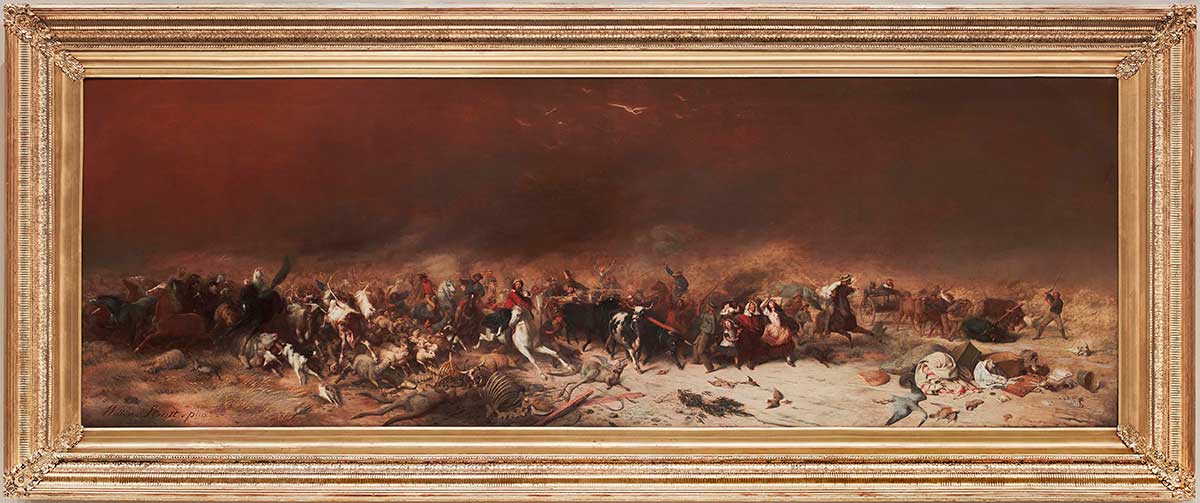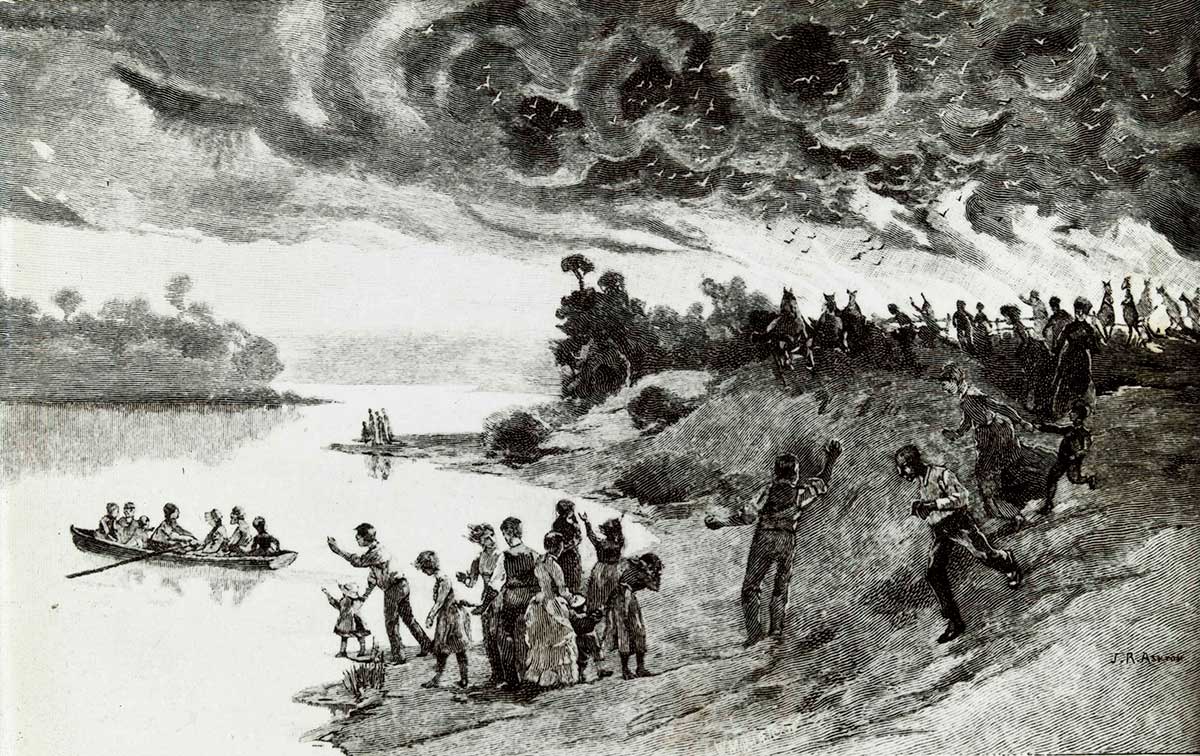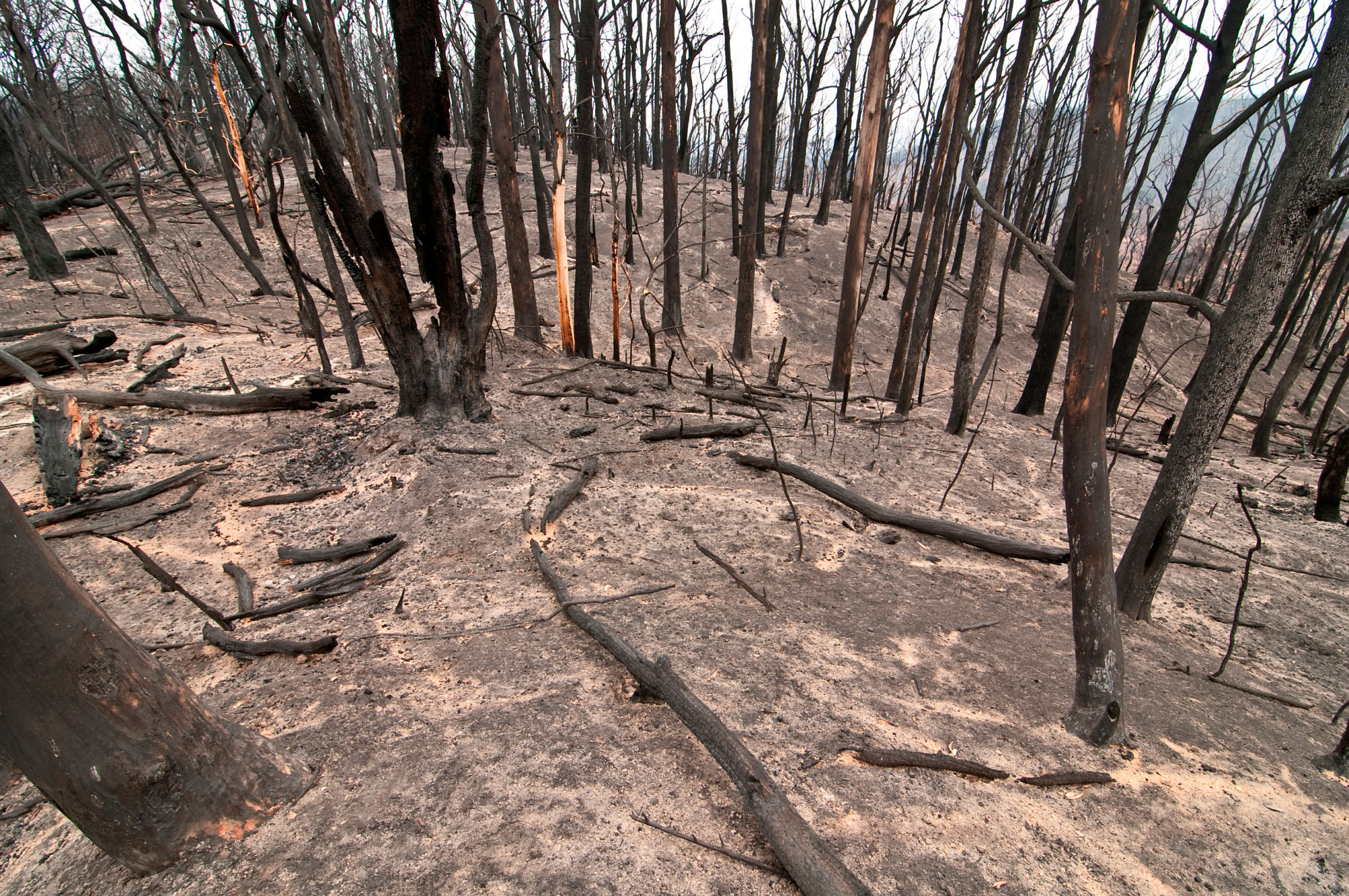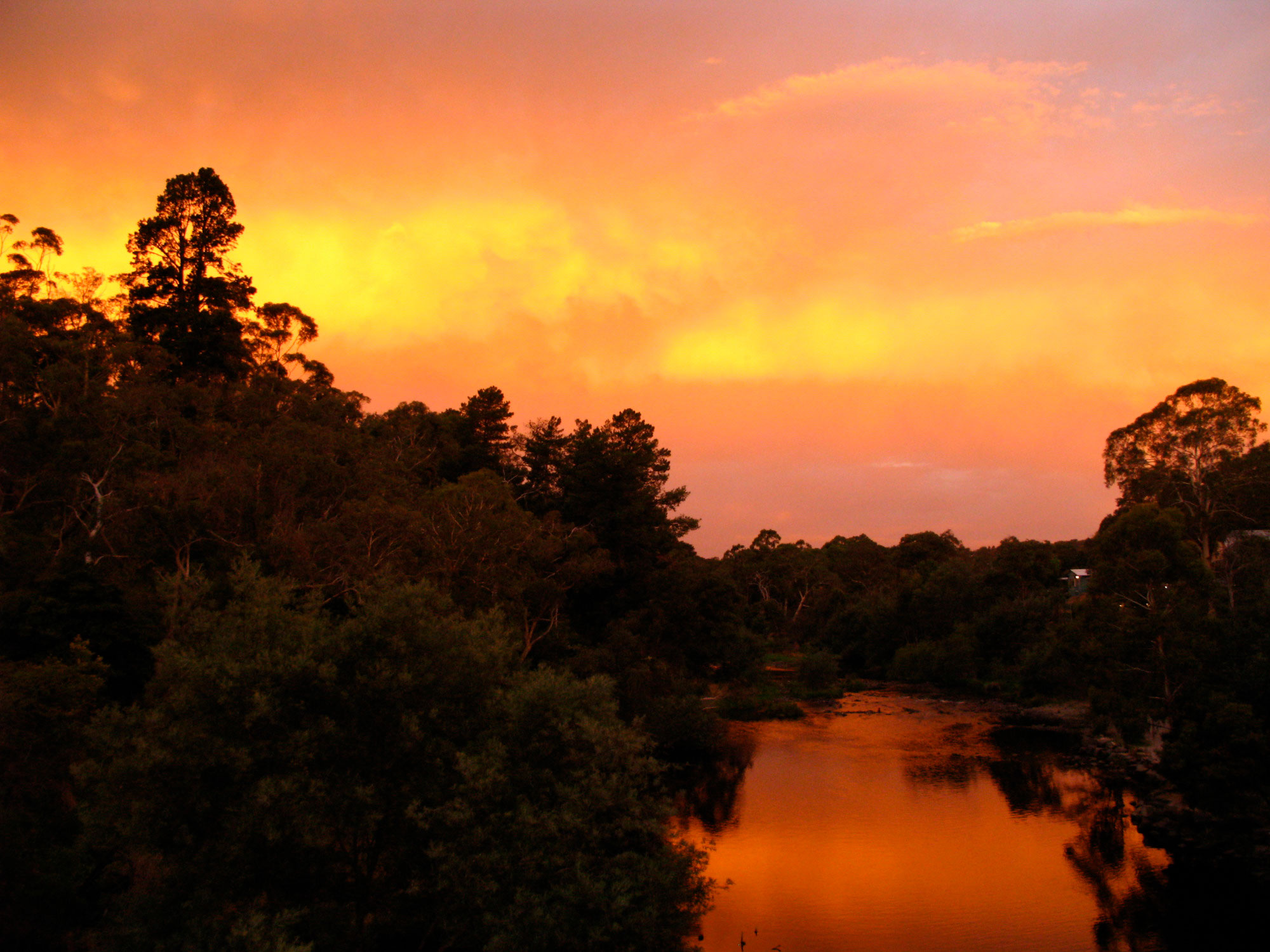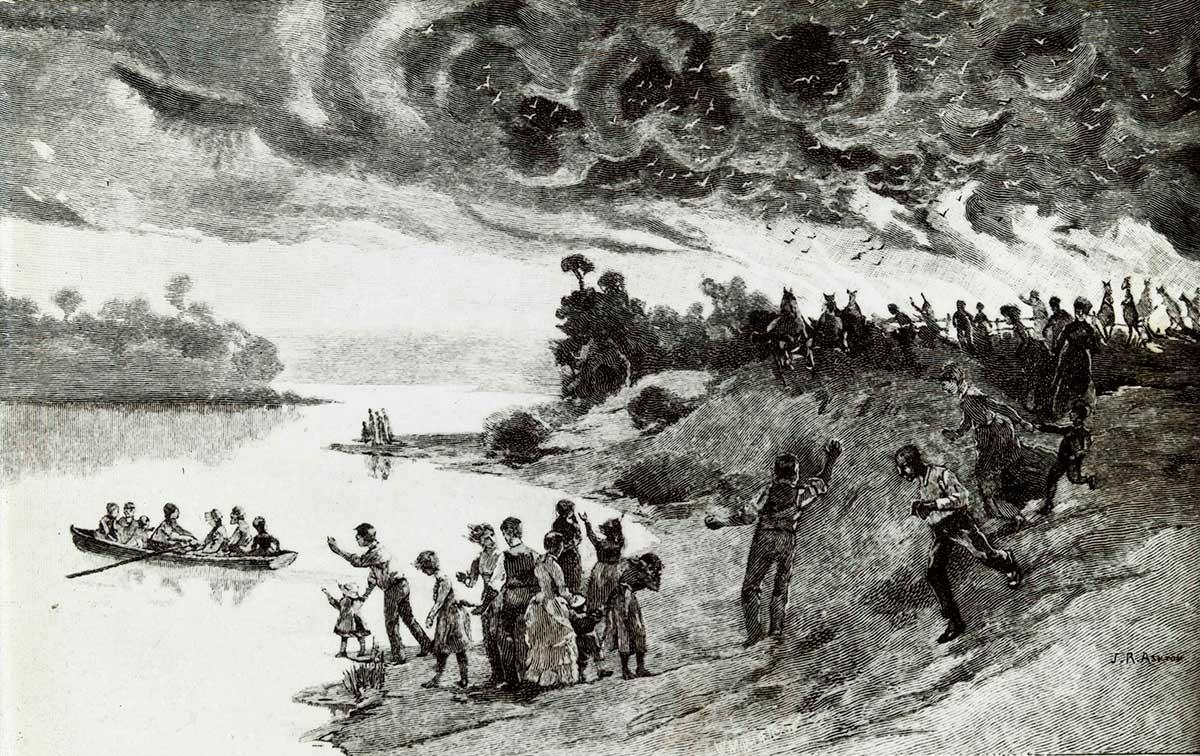Learning module:
Shaping places Defining Moments
Investigation 2: Bushfires and their consequences
2.2 The impact of bushfires on environments and communities
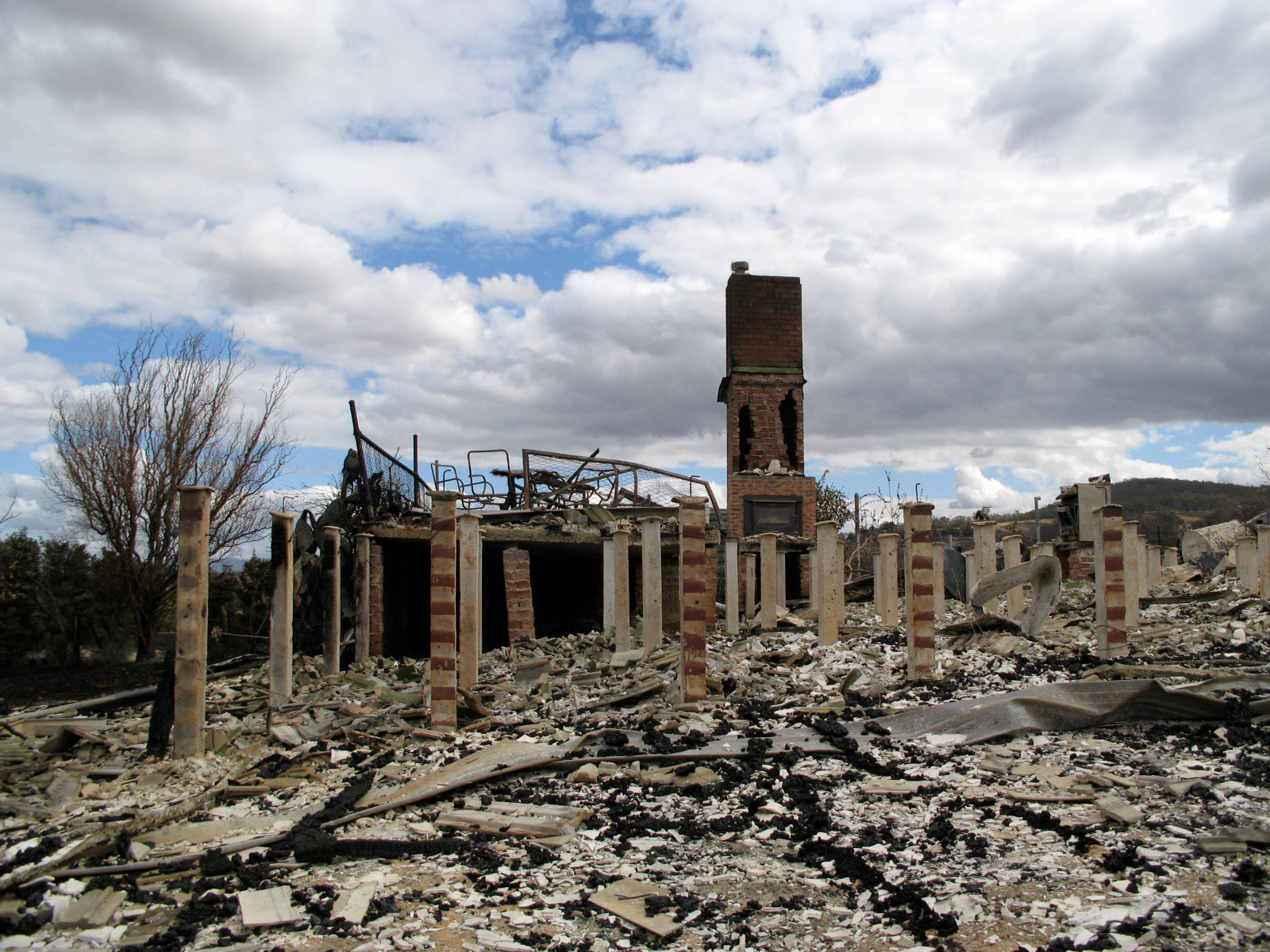
Bushfires are a natural part of the Australian environment.
Many Australian trees need fire for their seeds to germinate and create new trees.
However, bushfires are also destructive. They kill people, animals, birds and insects. They destroy grass and trees, and burn out houses, farms, fences and machinery. They can create erosion, which in turn harms the water supply.
Every year during the summer period we hear of the danger of bushfires.
Finding out about bushfires: What causes fire?
Fire is the result of mixing three things:
- oxygen
- fuel
- heat.
When these three things come together, combustion — the release of light and heat — can occur.
What conditions cause bushfires in Australia?
Bushfires can occur in the bush and forests, but also in grass and paddocks. The starting point for the fire might be lightning, a match, sunlight through a piece of glass which heats up some twigs, or burning embers from an existing fire.
Look at this map about bushfires in Australia.

3. When would you expect bushfires in:
4. In which season would you expect bushfires to occur in the area where you live?
What geographical factors influence bushfires?
There are different sizes of bushfires, in different locations, at different times of the year, and with different impacts. What causes a bushfire to be severe rather than moderate? Look at the following factors.
Wind strength and direction
- Wind provides fires with oxygen.
- It also pushes a fire forward into unburnt areas.
- Wind can carry burning leaves and sticks ahead of the main fire and start new fires.
- If wind changes, it can push the fire into a completely new direction.
Look at this animation.
Temperature and humidity
- Bushfires are more likely to occur when the weather is hot because the heat dries out fuel such as dead leaves and branches, and preheated fuel ignites more easily.
- Humidity is the amount of moisture in the air.
- Less humid, or ‘dry’ air creates more intense fires than moist air because plants lose their moisture into the air. They then become drier and burn more easily.
Fuel load
- Fuel load is the amount of burnable material around. For example, dried and dead branches, grass and fallen branches all add to fuel load.
Fuel moisture
- This is the amount of water in the fuel. Dead leaves and branches have very little moisture in them, so they burn more easily.
- Vegetation after a period of drought is drier than usual, and can burn more easily.
Slope angle
Bushfires burn more quickly up a slope, and less quickly down a slope. Go to the CFA (Country Fire Authority) website to find out more.
Radiant heat
- Radiant heat is the heat you feel coming off a fire.
- It is the hot air from the fire.
- It is hottest closest to the flame.
- Radiant heat can travel easily through glass but not as easily as through something solid such as a brick wall.
- Radiant heat (and smoke) are what kill most of the people and animals that die in a bushfire, not the flames.

Damage caused
Discuss what damage you think bushfires might cause to:
- people
- property
- animals
- the environment.
When you have discussed the damage, look at the photograph below. What other damage does it help you realise is caused by bushfires?







